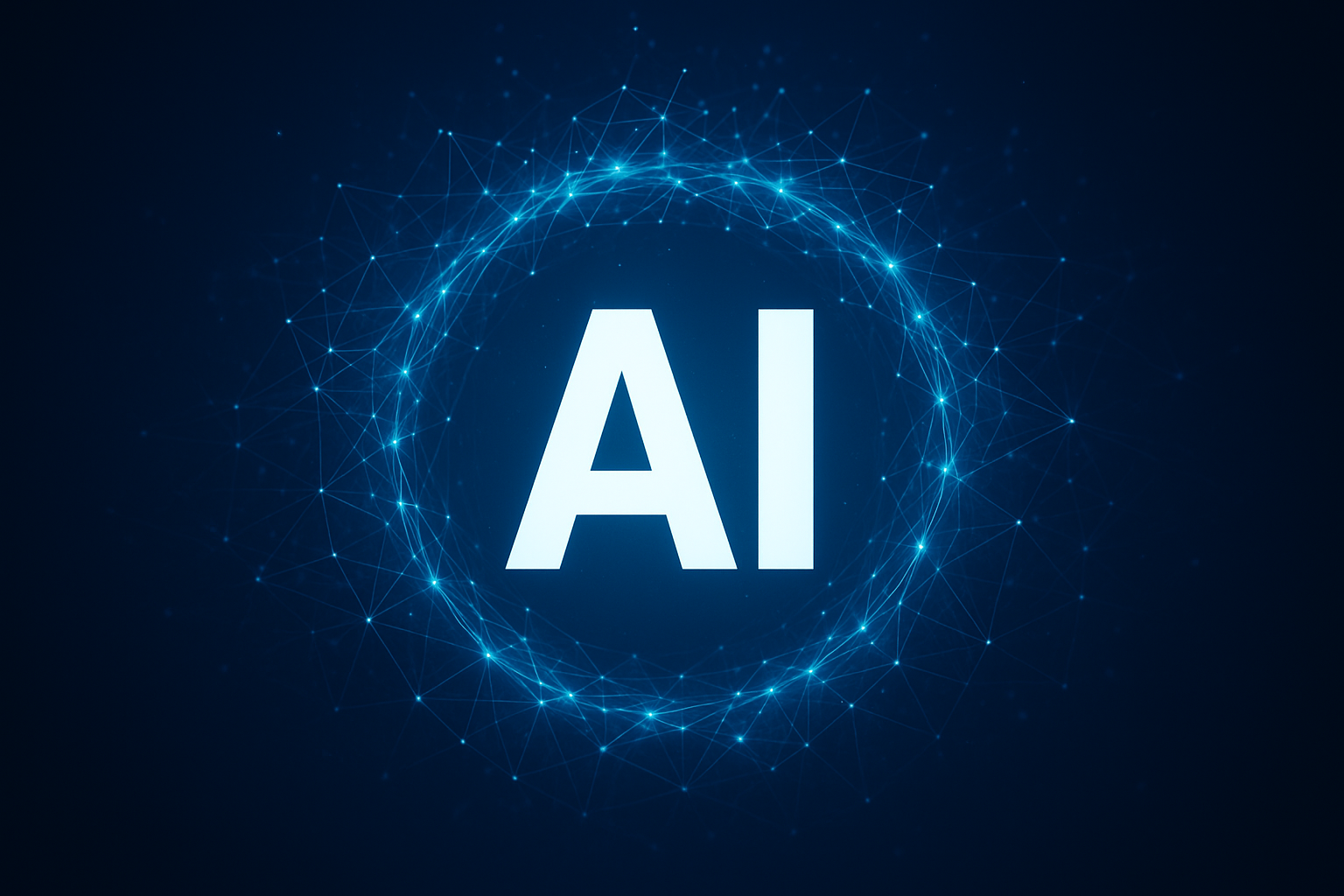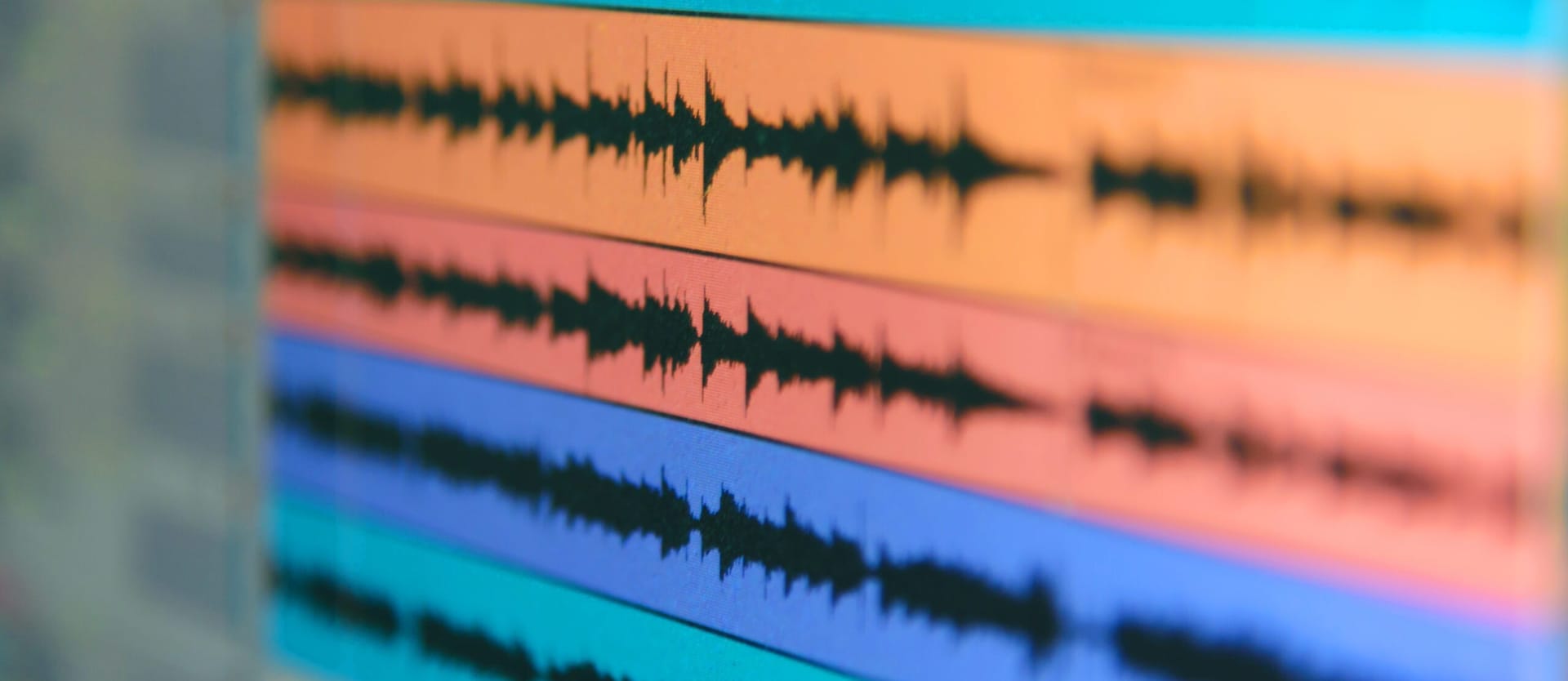
-
ceo.bfi@gmail.com
Send Email
-
2C, C-6/A Block, Janakpuri, Delhi India 110058
Visit Our Office
99902-92279
Confidentiality Guaranteed
99902-92279
Confidentiality Guaranteed

Sep
Use of AI Tools in Audio Analysis

Hearing the Unheard: Unlocking the Power of AI Tools in Audio Analysis
Every sound has a secret. A faint whisper, a muffled call, even static on a recording each holds fragments of truth. But without the right tools, those fragments remain hidden. Today, forensic scientists are using Artificial Intelligence (AI) to bring those secrets to light, giving sound the power to speak louder than ever in the pursuit of justice.
Abstract
In forensic science, audio evidence often arrives distorted, noisy, or suspiciously altered. Traditional methods could only go so far in cleaning and analyzing sound. But with the rise of AI, experts now use advanced tools to enhance clarity, identify voices, separate speakers, and even detect manipulation. This insight explores how AI-driven solutions such as iZotope RX, Nuance Gatekeeper, pyannote.audio, Google Speech-to-Text, and Deepware Scanner are reshaping forensic audio analysis making sound a reliable ally in modern investigations.
The Insight
Picture this: investigators receive a recording from a late-night phone call the suspect’s voice buried under traffic noise and background chatter. Years ago, that tape might have been dismissed as “unusable.” Today, it can hold the key to a case.
iZotope RX – Cleaning the Noise
With iZotope RX, forensic scientists can strip away unwanted sounds car horns, air conditioners, static while preserving the speaker’s voice. Think of it as zooming into a blurry photo until the details sharpen. Suddenly, words that were impossible to catch become crystal clear. This transforms scraps of audio into meaningful, court-ready evidence.
Nuance Gatekeeper – Voices as Fingerprints
No two voices are the same. Nuance Gatekeeper analyzes unique vocal patterns the way fingerprints identify individuals. Instead of saying “it sounds like the suspect,” experts can now provide measurable proof that strengthens their testimony in court. This makes voice identification far less subjective, giving evidence scientific weight.
Pyannote.audio – Untangling Conversations
Crowded recordings often feature multiple speakers overlapping. pyannote.audio, an AI toolkit, separates voices and timestamps “who spoke when.” Investigators can follow a dialogue thread with precision, even when speakers interrupt or disguise themselves. It’s like having subtitles for a chaotic real-world conversation.
Google Speech-to-Text & IBM Watson – Turning Hours into Minutes
Imagine sifting through dozens of hours of phone calls. AI transcription tools like Google Speech-to-Text and IBM Watson convert speech into text, making it searchable. Keywords such as deal, package, or drop can be instantly located, saving investigators days of work and focusing attention on the most critical moments.
Deepware Scanner & ENF Analysis – Spotting Fakes
The rise of deepfakes means investigators can’t just assume every recording is real. Deepware Scanner helps detect AI-generated voices, while ENF (Electric Network Frequency) analysis looks at tiny background hums from power grids to confirm authenticity. Together, they protect courts from manipulated evidence and ensure justice isn’t derailed by digital trickery.
How can we really tell if an audio is AI-generated or fake?
Imagine you’re watching a case unfold where a threatening phone call is used as evidence. At first, it sounds just like the suspect, but experts know better than to trust it at face value. They bring in different tools to test it. With iZotope RX, they spot tiny clicks where the words were stitched together. Nuance Gatekeeper listens deeper and notices the breathing rhythm doesn’t match the real person. Then Pyannotate.audio comes in, flagging unusual spikes in the audio that reveal hidden edits. Even Google Speech-to-Text struggles with the recording, spitting out errors that usually happen with synthetic voices. IBM Watson analyzes the tone and shows how unnaturally steady it is something no stressed human would sound like. Deepware Scanner directly confirms the voice is AI-generated, and ENF analysis checks the background hum, proving it doesn’t align with the city’s power grid. Step by step, the illusion breaks down, and the truth comes out. What seemed like strong evidence turns out to be an AI trick, uncovered by technology and careful analysis.
Conclusion
What makes this journey so powerful is not just the technology, but its human impact. Behind every enhanced call or authenticated voice lies a story sometimes of a victim seeking justice, sometimes of a suspect finally unmasked. AI doesn’t replace the forensic scientist it strengthens their ear, helping them hear what was once hidden. In the end, forensic audio analysis is more than just cleaning up noise it’s about giving truth a voice. And today, with AI as its ally, even the faintest whisper can carry the weight of justice.
Call To Action

Are you interested in learning more about forensic expert or seeking professional forensic-expert services? Contact us today to inquire about our expertise.
📞 Contact Us: 9990292279
🌐 Visit Our Website: https://forensicexpertinvestigation.com/
✉️ Email: ceo.bfi@gmail.com




